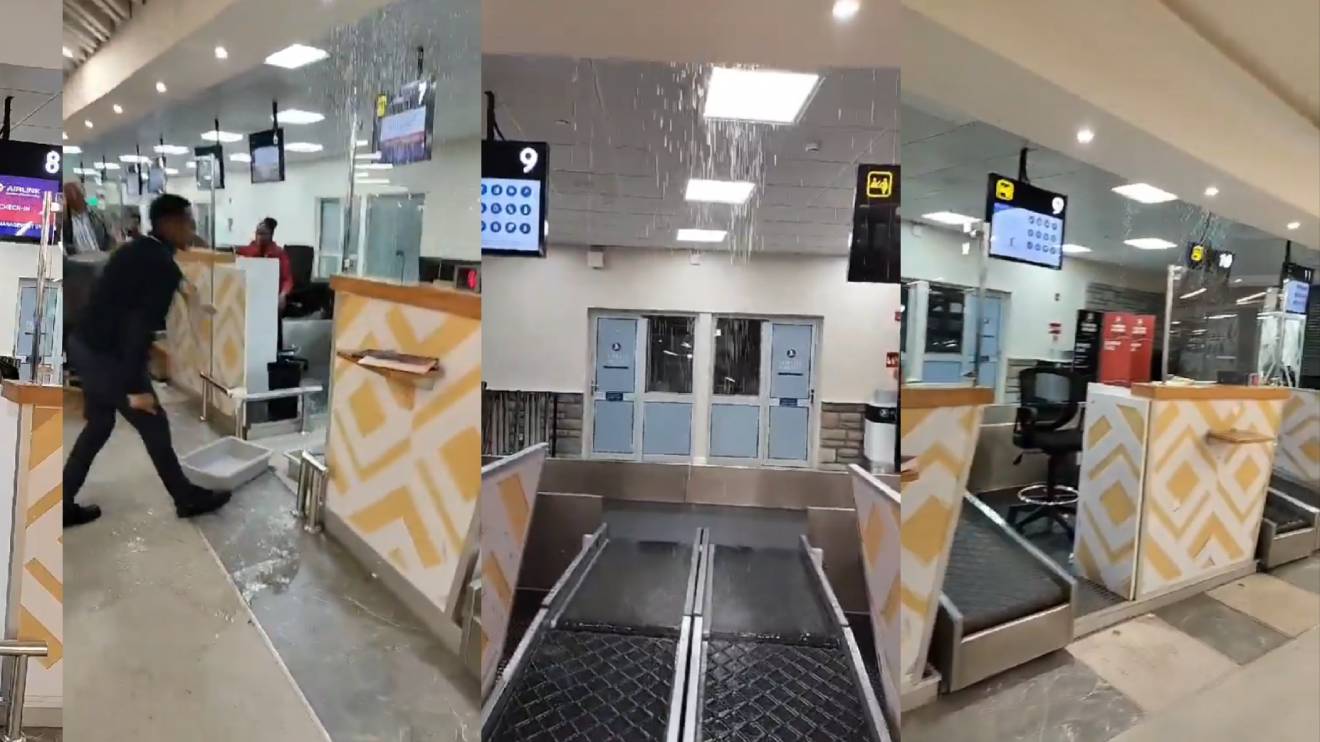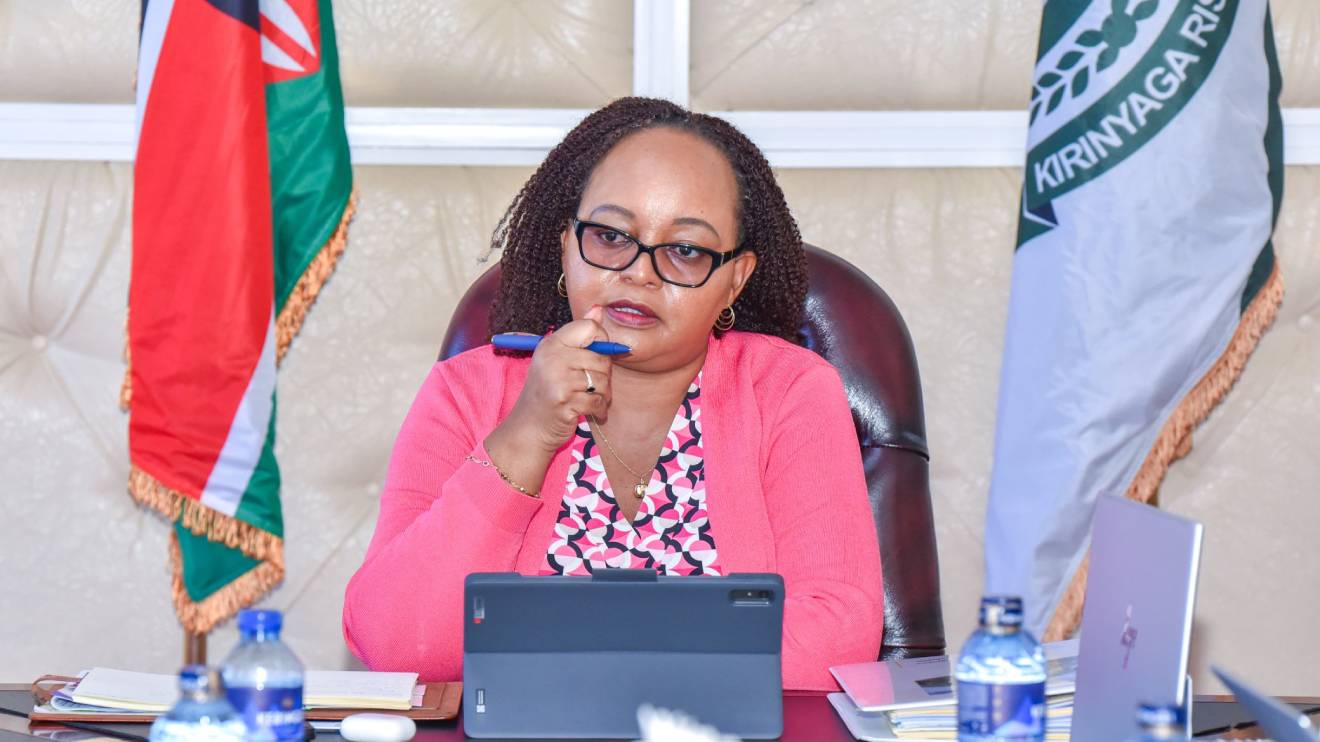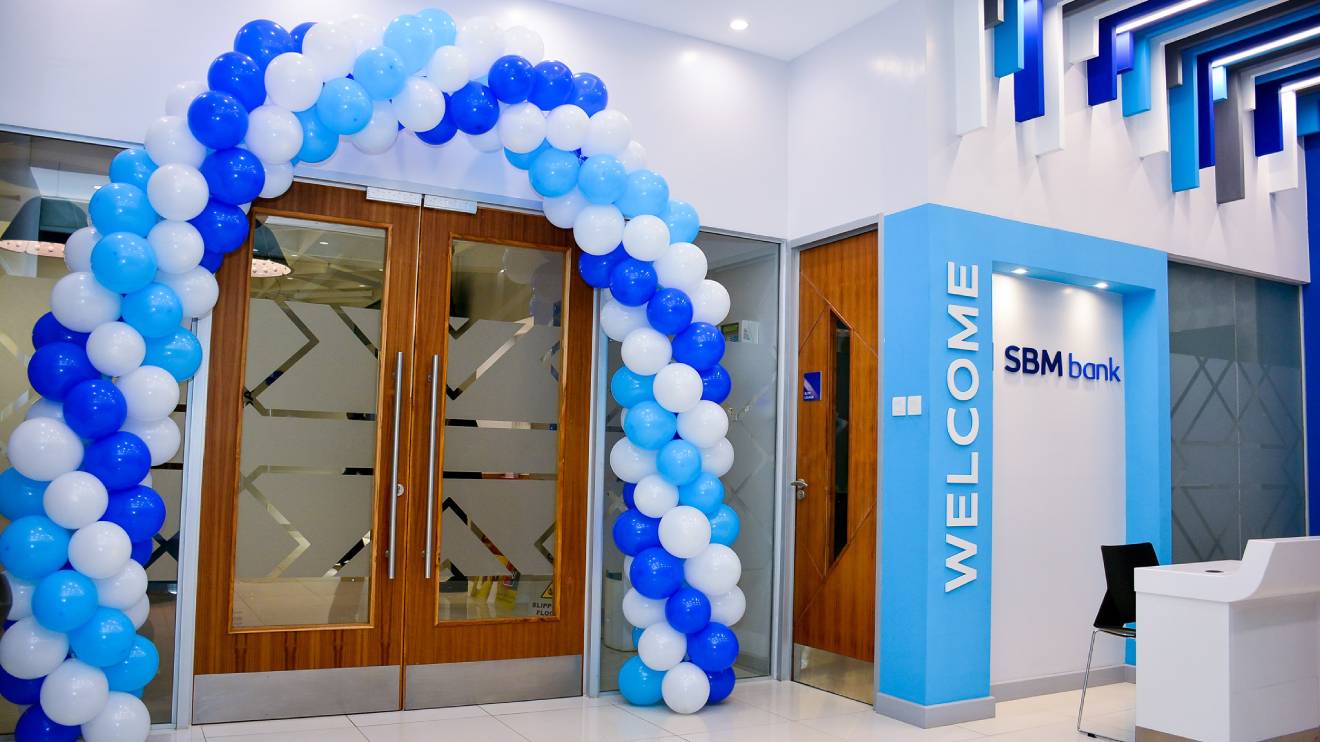President William Ruto, flanked by Deputy President Rigathi Gachagua and Transport CS Kipchumba Murkomen, celebrated the initiation of the 12.5 Kilometre Riruta-Ngong Commuter Rail line, marking a crucial milestone in the expansion of the Nairobi Commuter Railway Services.
The project aims to revolutionize transport infrastructure, providing accessible, affordable, and reliable transportation solutions for thousands of Kenyans.
Ruto emphasized the significance of efficient transport solutions, stating, "The expansion of the Nairobi Commuter Railway Services will present Kenyans with an accessible, affordable, and reliable way to get to work, generating convenience and connecting people to services and economic opportunities."
Transport CS Kipchumba Murkomen shed light on the scale and impact of the project, affirming that, "On completion, the Riruta-Ngong metre gauge railway line will be moving 10,000 Kenyans daily."
He highlighted the financial benefits for residents along the Riruta-Karen-Bulbul-Ngong route, anticipating a substantial reduction in their transport budgets, potentially saving up to 50 per cent.
Read More
Murkomen further explained that the extension of the line into Kiserian and back to Nairobi through Ongata Rongai is part of the broader vision outlined in the Nairobi Masterplan, designed to transform transport in the metropolitan area.
The project is expected to create employment opportunities for both skilled and unskilled workers, directly benefiting the youth.
Highlighting the success of recent rail initiatives, Murkomen noted, "Even with the Government giving transporters a choice between the SGR and road, the amount of cargo moved by rail has increased from 4.8 million tonnes to 7.8 million tonnes."
He expressed optimism, aiming for over 8.1 million tonnes by the end of the following year.
However, amidst the celebrations, city lawyer Donald Kipkorir raised concerns over the impact of such developments on Nairobi's aesthetics.
In a statement via his X account, he expressed reservations about transforming upscale neighbourhoods like Karen into bustling markets, cautioning against turning Nairobi into a sprawling slum.
He questioned the planners' rationale for such a move, fearing for the city's outlook following the construction of the railway line.
"Do our planners know that a city is ranked high in LIVABLE CITIES for proper planning & serenity of its suburbs?"
"After turning Karen Town, a once quaint & beautiful suburban town into Ongata Rongai with unregulated Matatus & kiosks, Kenya Railways now wants to turn entire Karen into a Muthurwa Market!," Kipkorir stated.
"Do our planners know that a city is ranked high in LIVABLE CITIES for proper planning & serenity of its suburbs? At this rate, entire Nairobi will be turned into a big slum & will lose its diplomatic luster. Kenya is 600,000 sq km with enough space for expansion. Why turn all upmarket neighourhoods into slums?"
The ongoing rail projects, coupled with future plans, mark a significant step forward in President Ruto's commitment to modernize Kenya's transport infrastructure, aiming to not only enhance economic opportunities but also address the concerns of those who emphasize the importance of balanced urban development.

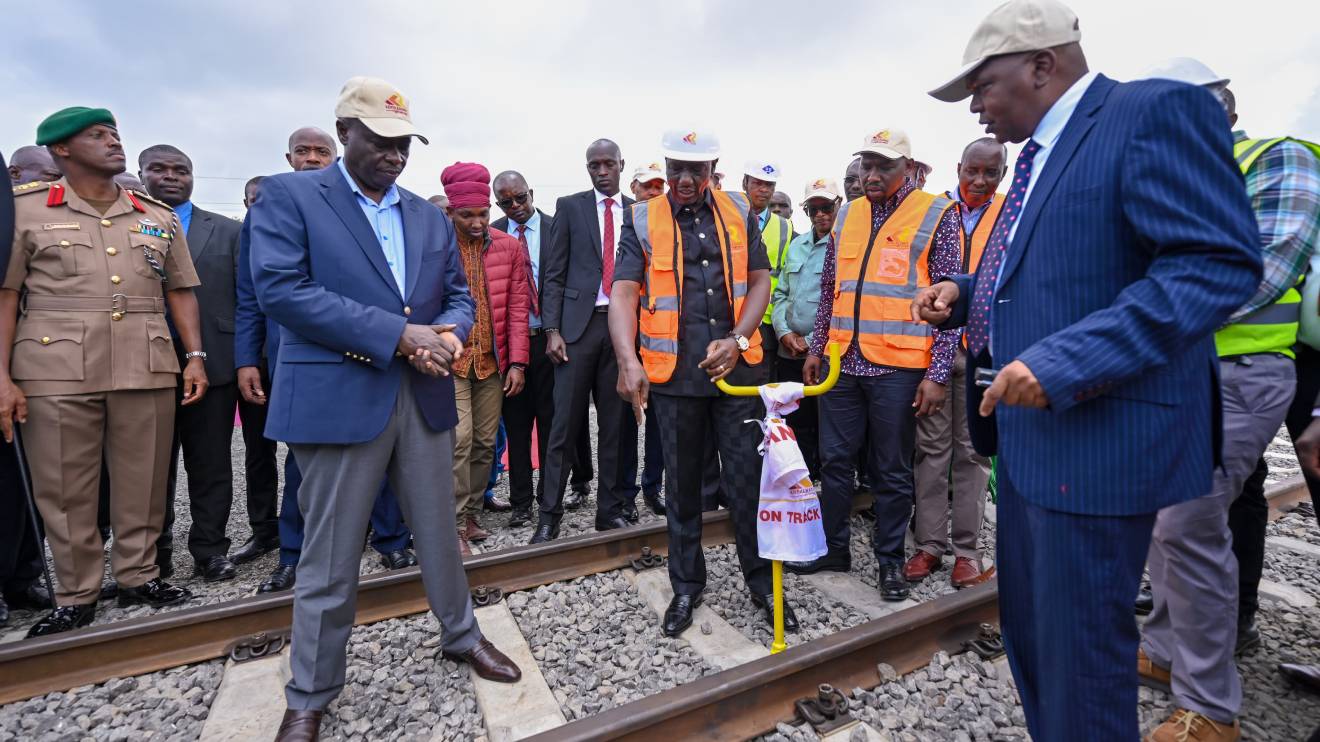
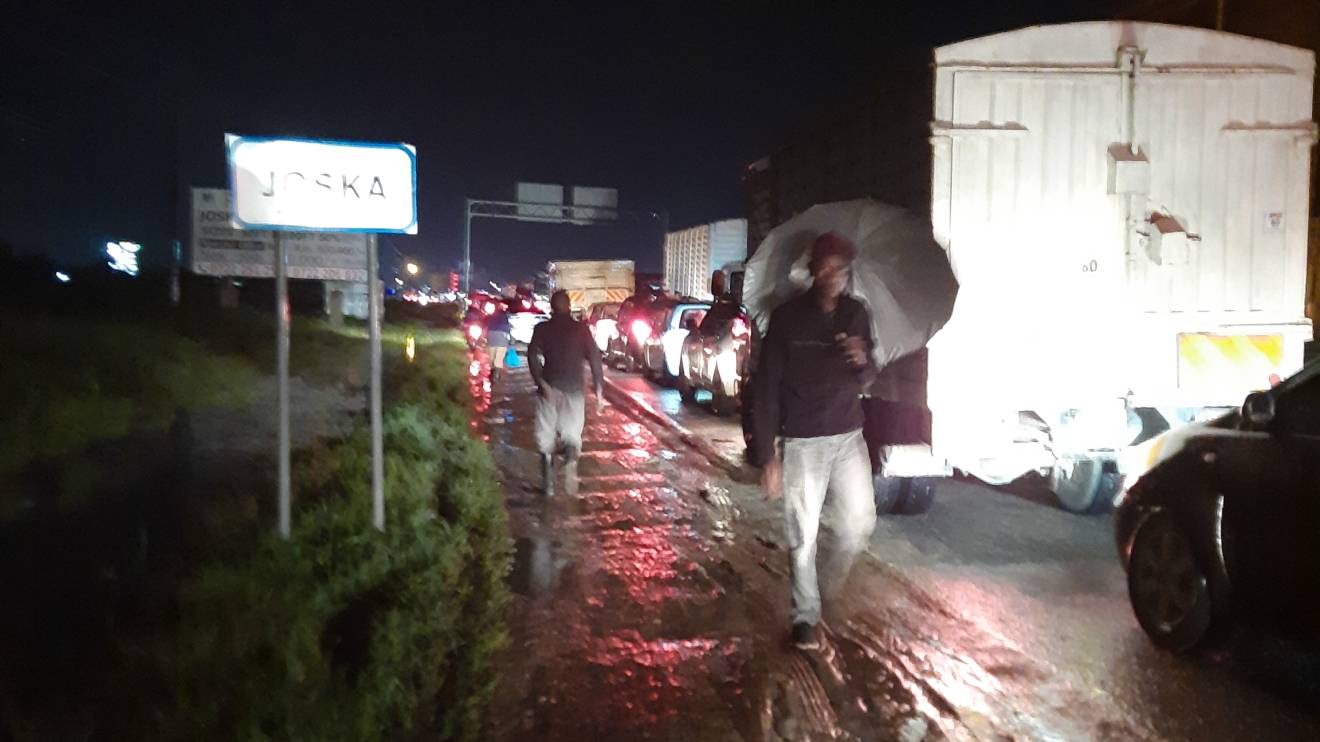
-1714232911.jpeg)

